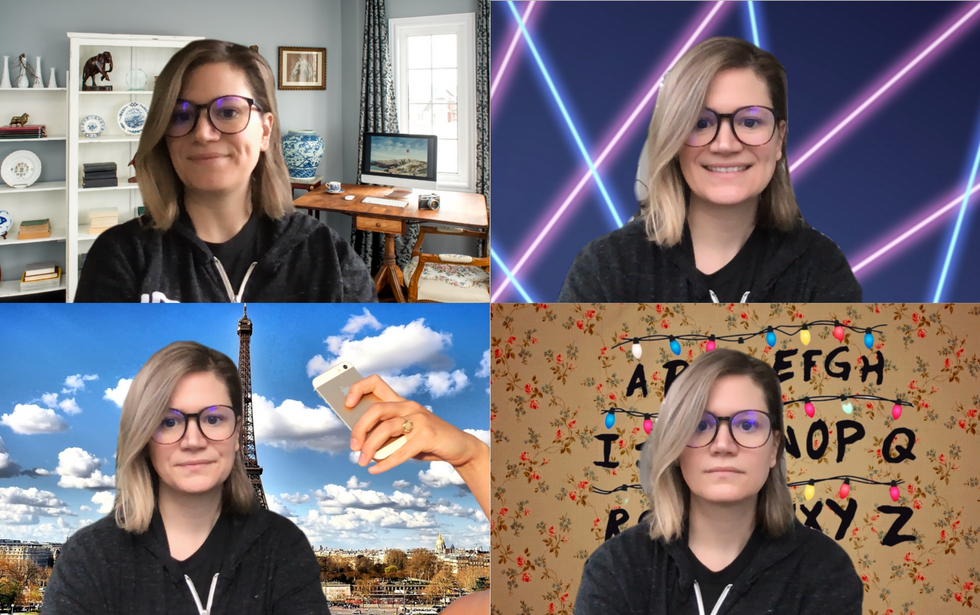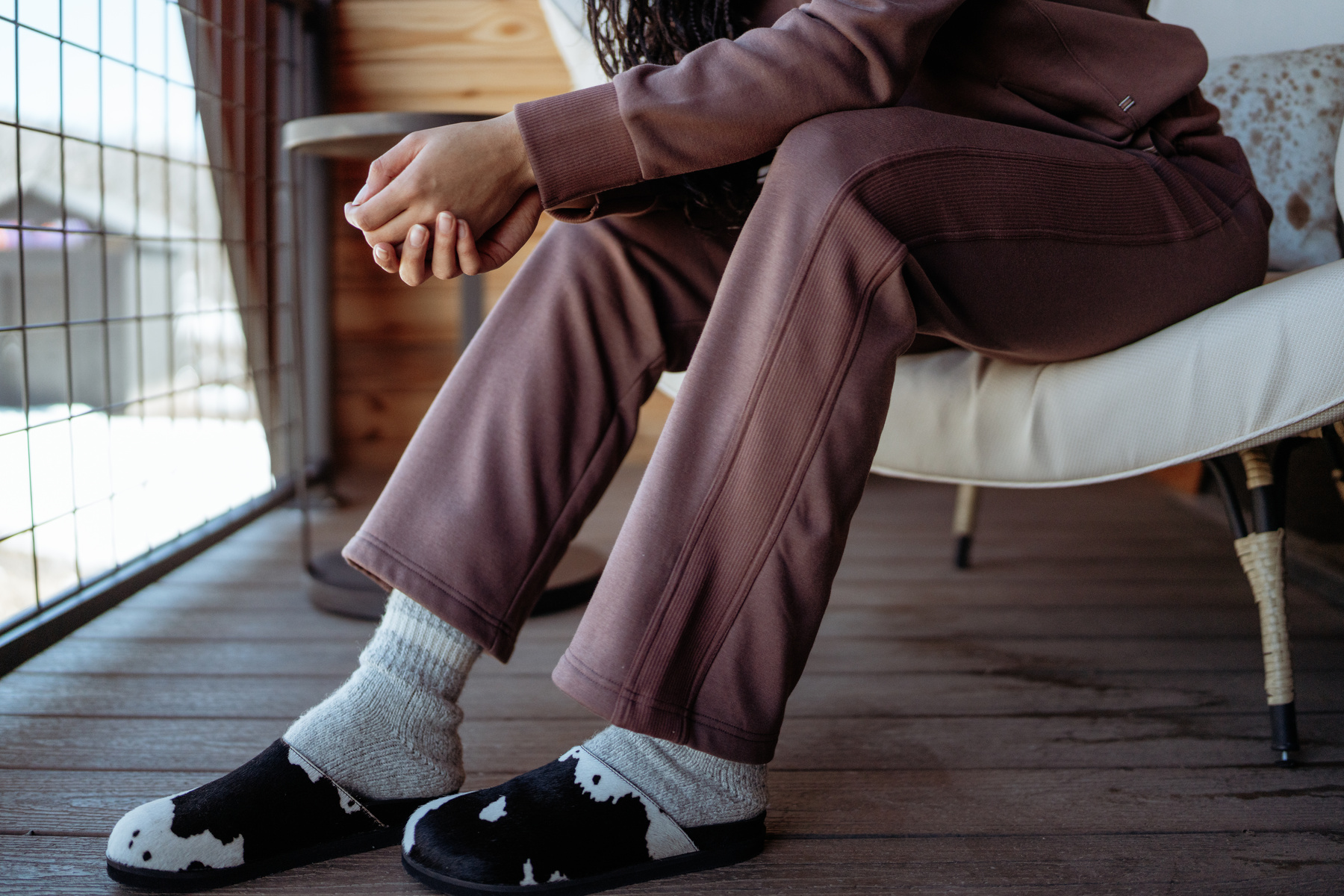CULTURE
Hinge’s “Date From Home” Feature Doesn’t Solve the Problem of Virtual Dating
08 Apr, 20
You probably know Hinge as the app that repeatedly kills its furry little mascot in its commercials.
Marketing itself as “The Relationship App” that’s “designed to be deleted,” the joke is that Hinge is so good that you’ll soon end up in a committed relationship and won’t need it anymore. Whether or not that’s true, it’s certainly a big claim, and now Hinge has set its sights on an even loftier goal—to make virtual dating less awkward.
People are understandably bored and lonely right now—holed up at home with no parties or bars or restaurants to go to. Even going back to work is starting to sound appealing. In that environment, trying to make a connection with strangers through an app is an increasingly tempting prospect. But what do you do when you hit it off? You want to actually hear someone’s voice, see the way their face crinkles up when they laugh, have a conversation that flows naturally.
Hinge, the Dating App Designed to Be Deletedwww.youtube.com
Chatting over text is fine, but there is always something a little rehearsed and stilted about the way people talk when they have a chance to pause and reword and delete their messages. You need to have that face-to-face organic flow to really get to know someone. So how do you do that in April of 2020?
Social distancing obviously precludes a proper date. You can set up a virtual date with a video chat, but seemingly no one wants to actually do that, which is why Hinge just added a new feature to their app. Now, with Hinge’s new Date From Home feature, instead of one person needing to break the ice and suggest that first virtual date, the app will give you the option of secretly indicating that you’re ready, and only when the other person is also ready do you both find out that the other person is in and the video date is on. The idea is to make taking the virtual next step less uncomfortable, and thus reduce the tendency toward ghosting.
It’s a nice feature, and Hinge might really be onto something. It certainly seems like a lot more people will end up on virtual dates this way, but it still does nothing to address the reason why people were so hesitant to set up video chats in the first place. Video chatting is always uncomfortable. Even with someone you’re close with, video chatting adds a layer of strangeness that disrupts familiar rapport.
The Problems with “Virtual Dating”
For a start, there’s the lag. Even if you both have great connections, there will always be that fraction-of-a-second delay that leads to people accidentally talking over each other, then going silent, then trying to talk again at the same time. But even when you aren’t interrupting each other, the audio quality through anything shy of a professional-grade microphone is going to lead to a lot of “What was that last part?” and, “Sorry, I didn’t catch that,” which then leads everyone to slow down and raise their volume and over-enunciate until you feel less like you’re hanging out and a lot more like you’re putting on a formal presentation.
On top of all that, the amount you can do with body language is severely limited, and there is no shared context to form the basis of small talk. There are no other people around for you to make fun of, there’s no food to share or weather to comment on. You’re both just alone with your phones (or worse, you’re not alone and liable to be interrupted by nosy roommates). Short of giving each other tours of your homes, there’s not much to comment on that could spark a conversation.
These are the issues that have made video calls awkward and unpleasant for as long as they’ve been around, but with all the pressure and uncertainty of a first date at the best of times, it’s hard to imagine the virtual version surviving all these pitfalls. If Hinge wants to make “virtual dating” a viable option, then they’ll have to do something to address some of these problems. For a start, they could try making it live up to its name.
A Better Way
A “virtual date” should be way more than a video chat. It should give young love a shared environment in which to bloom. Zoom has quickly risen—despite security concerns—to be the new go-to video chat platform, and at least a part of that is based on the draw of a silly add-on feature that lets you swap your background for an image of your choosing. Hinge should give daters similar options—virtual settings where they can go on their virtual dates.

Rather than both being at home, set the background to a restaurant, a coffee shop, an escape room—with some light background noise, some characters, and events to comment on, and maybe some space to explore. Give people something to do. And maybe some prompts to take turns speaking. Turn the date into a game. It’s a much bigger task than just letting people secretly sign up for a video chat, but it would scratch a very potent itch that people are feeling right now—let them feel like they’re getting out and doing something.
Of course, this wouldn’t solve all the problems of virtual dating—the first kiss is going to remain an issue for the foreseeable future—but even if the experience is silly, it could at least make the situation a little less tense and awkward. So…get to it, Hinge.
- Dating app Hinge rolls out a new feature to reduce ‘ghosting … ›
- Bumble becomes one of the first major dating platforms to introduce … ›
- How singles are meeting up on dating apps during the coronavirus ›
- Coronavirus Is Changing Online Dating Permanently ›
- Dating While Isolating: How Video Chat Is Shaking Up The Industry ›
- How Tinder, Hinge, Grindr, and other dating apps are adapting to … ›
- Dating apps are embracing video | TechCrunch ›
- Dating Apps With Video Features, So You Can Get To Know … ›













